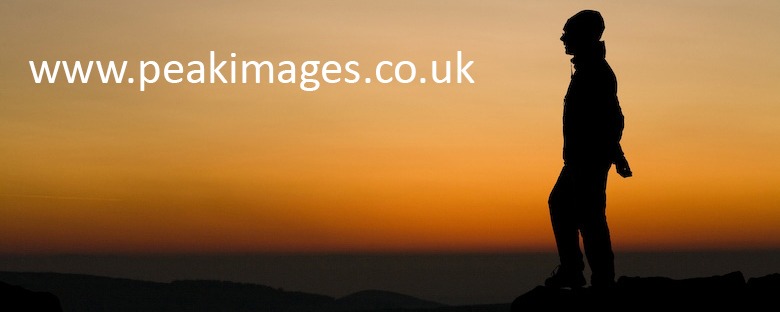The Glass House Mountains form a striking outline overlooking the Sunshine Coast, have a rich historical past and are very accessible – being only 70km north of Brisbane.
[singlepic id=332 w=320 h=240 float=left]Formed by the rhyolyte lava plug remnants of a long-extinct shield volcano, the Glass House Mountains (often referred to as Glasshouses) form very distinctive shapes. Consisting of 11 peaks, three of these (Beerwah at 557m, Coonowrin at 375m and Tibrogargan at 364m), are taller than Uluru’s 348m, and are one of the nearest and most accessible National Parks to Brisbane with good options for bushwalking and climbing.
A Brief History
The first European “discovery” of these mountains was by Capt James Cook in 1770, while surveying the eastern coastline of Australia for streams that led inland. He thought that the striking outlines of the mountains resembled the glass furnaces (Glasshouses) of his native Yorkshire and so named the mountains after the iconic distinctively shaped industrial buildings.
Aboriginal Dreamtime Story
The Aboriginals however, had known about these mountains for a long time before, and have their own stories regarding themountains’ creation. In simplified version, the mountains are a family, Mt Tibrogargan the father, Beerwah the mother. One day Tibrogargan sees approaching floodwaters rising from the east, and calls his children together to flee to the safety of higher ground in the west. Beerwah is with child again, and cannot move quickly so he calls on Coonowrin the eldest child to help her. But he sees Coonowrin fleeing in fear on his own rather than helping Beerwah, and angered by this, pursues Coonowrin and strikes him such a bow on his neck that he’s never been able to straighten it since.
After the floods subsided the family returned to the area, and Coonowrin (who hadn’t known that his mother was pregnant) asked for forgiveness, but his father and siblings could only weep with shame at his actions, forming many small streams that flow down to the sea, To this day, Tibrogargan stares silently out to sea avoiding his gaze falling on Coonowrin, and Beerwah is still heavy with child – baby mountains take a very long time to develop and be born! The area still holds significant cultural and spiritual significance to the Aboriginal tribes of the region.
Flinders Ascent
The next European to see the Glass House Mountains was Matthew Flinders who spent a couple of weeks surveying the area around Moreton Bay in 1799. Unlike when Captain Cook sailed by, the wind was favourable for him to land, so he climbed Beerburrum and remarked on the extensive view from the summit in his journals.
Fertile Farmland
The area’s rich volcanic soils, and good location for relative ease of transport out to market, encouraged the early settlement of the area by fruit farmers. Ideal conditions for pineapple and macadamia nuts, in particular, aided development of the area, and are still major crops in the region today.
Cobb and Co
Although the arrival of the railway line was later to supercede it, like many Australian outback towns that developed or expanded in the 1800s, the arrival of a Cobb & Co horse and coach route through the Glasshouses township also played a large part in Glasshouses development. Serving the Maryborough to Brisbane route ancillary services such as a trading outpost, inn and later on postal service soon developed around the horse-changing facilities of the staging post. The Australian Teamsters Hall of Fame situated 4.5km west of the township is dedicated to the Cobb & Co history of the region.
The Glasshouse Mountains area has a rich historical tradition and very distinctively shaped mountains within an hours drive of Brisbane, making them an ideal day trip or weekend getaway.
